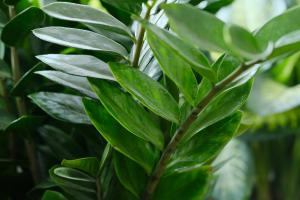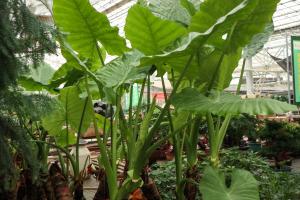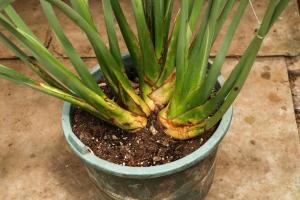How Many Watts Per Pot Plant LED: Understanding the Lighting Needs of Your Indoor Garden
If you are just starting your indoor garden or looking for ways to improve your current setup, one critical aspect to consider is lighting. Here, we will discuss how many watts per pot plant LED is optimal for healthy plant growth.
Understanding the Importance of Light for Plants
Photosynthesis is the process by which plants convert light into energy to fuel their growth. Therefore, light is one of the most crucial elements for indoor gardening success. Insufficient light can lead to weak, leggy plants or even plant death, while too much light can scorch or dry out your plants.
The Role of LED Light in Indoor Gardening
Compared to other types of indoor plant lights, LED is the top pick for many growers, both novice and experienced. LED lights consume less energy, generate less heat, and offer more consistent light spectrums that can mimic natural sunlight. LED also lasts longer and is more durable, making them a cost-effective lighting option for your indoor garden.
How Many Watts per Pot Plant LED Do You Need?
The answer to this question depends on several factors, such as the plant species you are growing, the growth stage, and the size of your growing space. In general, many indoor gardeners recommend between 30 and 50 watts of LED light per square foot of growing space. However, some high-light plants may require up to 80 watts per square foot or more.
Consider the Plant Species and Growth Stage
It is vital to consider the specific needs of the plant species you are cultivating. For instance, plants that require high light intensity, such as peppers or tomatoes, may require more LED lights. Also, growth stages affect the lighting needs of plants. During the vegetative phase, plants require more blue light, while during the flowering phase, they need more red light to promote blooms.
Factors Affecting LED Light Performance
While LED lights are highly efficient, several factors can affect their performance. These include the distance between the light and the plant, the light’s angle, and the light’s PAR (Photosynthetic Active Radiation). PAR measures the wavelengths of light that plants need for photosynthesis.
Conclusion
Lighting plays a crucial role in indoor gardening success, and LED lights are the best option for many growers. The amount of LED watts per pot plant required will vary depending on several factors, such as plant species and growth stage. Therefore, it is essential to understand your plants’ needs and adjust your lighting accordingly to achieve optimal growth and yield.

 how many times do yo...
how many times do yo... how many planted tre...
how many planted tre... how many pine trees ...
how many pine trees ... how many pecan trees...
how many pecan trees... how many plants comp...
how many plants comp... how many plants can ...
how many plants can ... how many plants and ...
how many plants and ... how many pepper plan...
how many pepper plan...
































